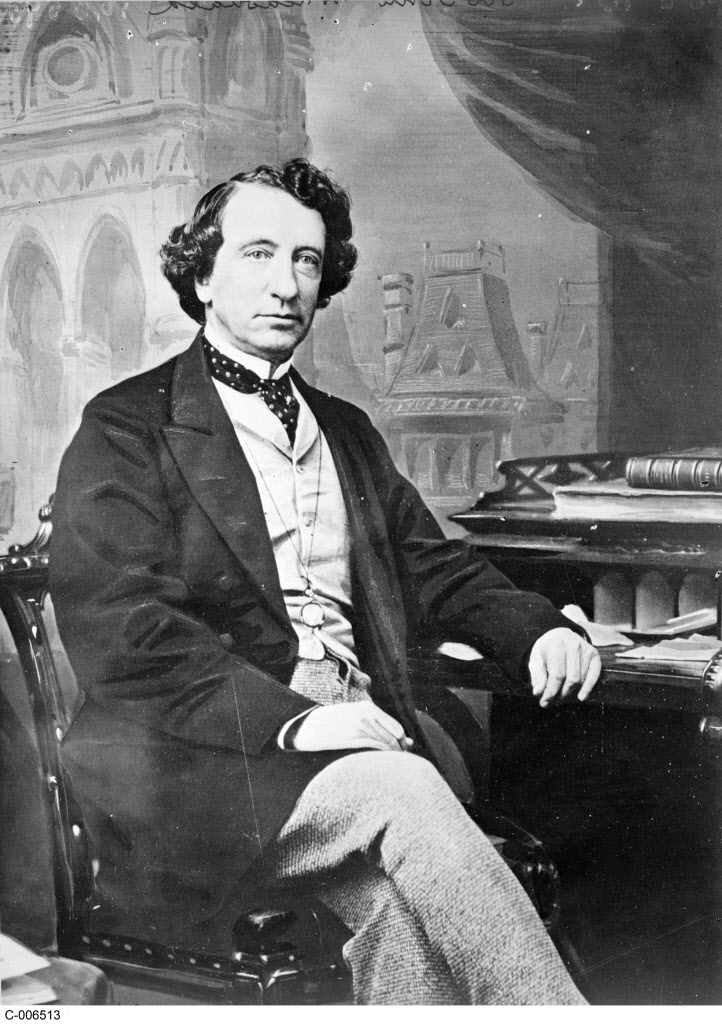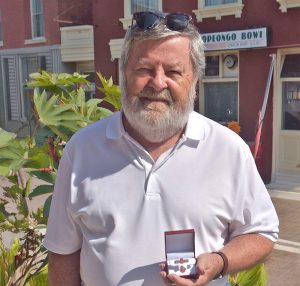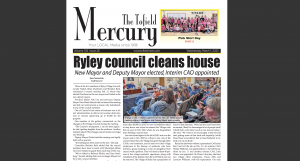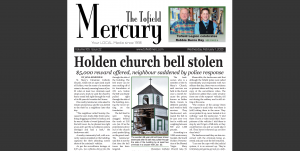Tofield begins plans for Canada’s 150th birthday

(UNDATED HANDOUT — Sir John A. Macdonald. PHOTO Credit: Library and Archives Canada/C-006513 . Restrictions on use: Nil Copyright: Expired. Catalogued # C-011334. Mark Kennedy for Postmedia News – 150 CANADA ORG XMIT: POS1212271403269504)
Council’s feeling was that they would like to see a special celebration and it isn’t too early to start planning.
Both non-profit organizations across Canada as well as businesses will be celebrating in 2017, and the Government of Canada has a special Canada 150 Fund available to help support worthwhile projects costing under $50,000. Deadlines for larger projects have already passed.
As well, all National Park passes have been made free for 2017 by the Government of Canada, including Elk Island National Park just north-west of Beaver County.
The Alberta Government has a $150 million infrastructure program ready for 2017, and will have celebrations.
Confederation history
One hundred and fifty years ago in Charlottetown and Québec City, the Fathers of Confederation first dreamed of a united and prosperous Canada.
In the mid-19th century, British North America was a patchwork of colonial lands that included two colonies on the Pacific coast, the North-Western Territory and Rupert’s Land, the Province of Canada (previously Lower and Upper Canada), the colony of Newfound-land and the Maritime provinces of Prince Edward Island, Nova Scotia and New Brunswick.
Each province had its own legislature and governor, and reported to the British government.
However, a number of social, economic and security issues encouraged some people to consider a union or alliance. The American Civil War was over and there were fears of annexation; Britain was reluctant to spend more money on the colonies and was encouraging self-sufficiency.
When the Province of Canada heard that the Maritime provinces were meeting to discuss a union among themselves, Governor General of Canada Lord Charles Monck, on behalf of John A. Macdonald, George Brown and George-Étienne Cartier, asked Maritime leaders if they could broaden the discussion to include Canada.
The three premiers – Sir Charles Tupper of Nova Scotia, Sir Samuel Leonard Tilley of New Brunswick and John Hamilton Gray of Prince Edward Island agreed to meet with them, and a conference was convened in Charlottetown 150 years ago in September 1864.
A convincing proposal, first introduced at the Charlottetown Conference, was elaborated at the Québec Conference, and became the framework for Confederation. Three years later, the vision of a union was realized at the London Conference with the creation of the British North America Act. The Act finalized the union of the provinces and on July 1, 1867, gave birth to the Dominion of Canada.


